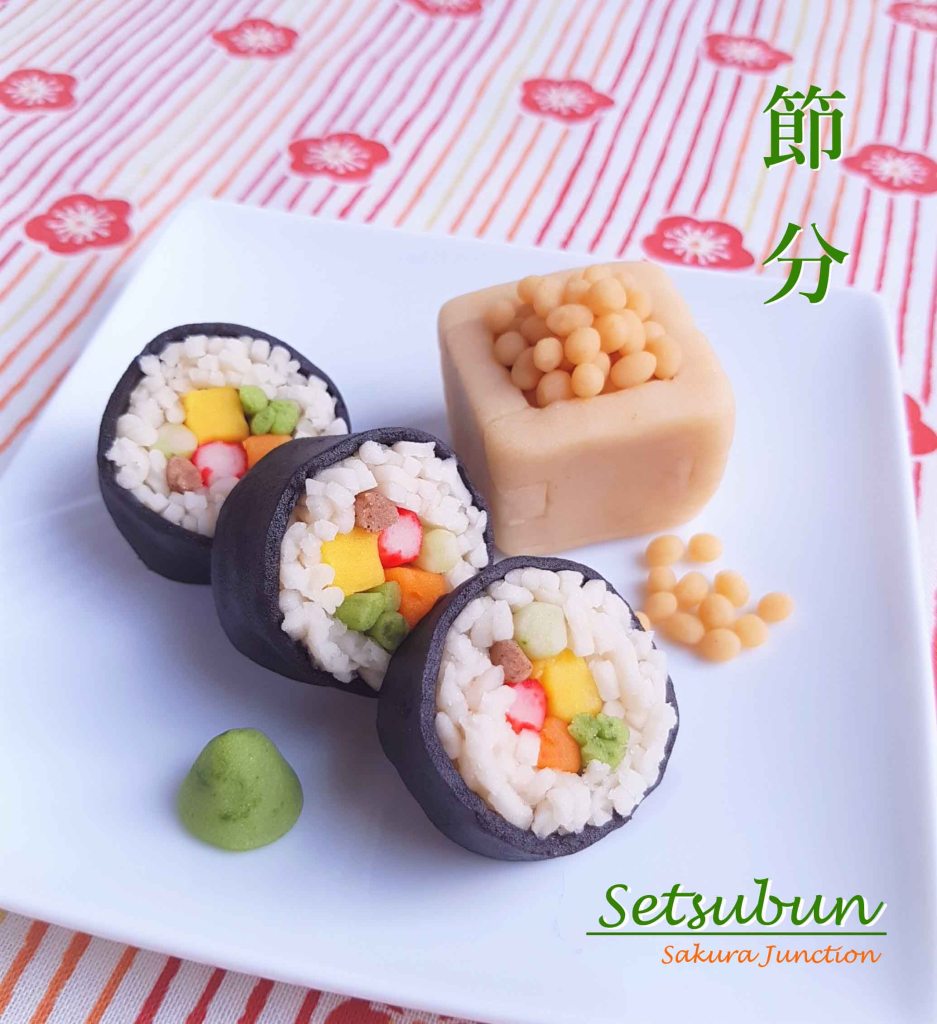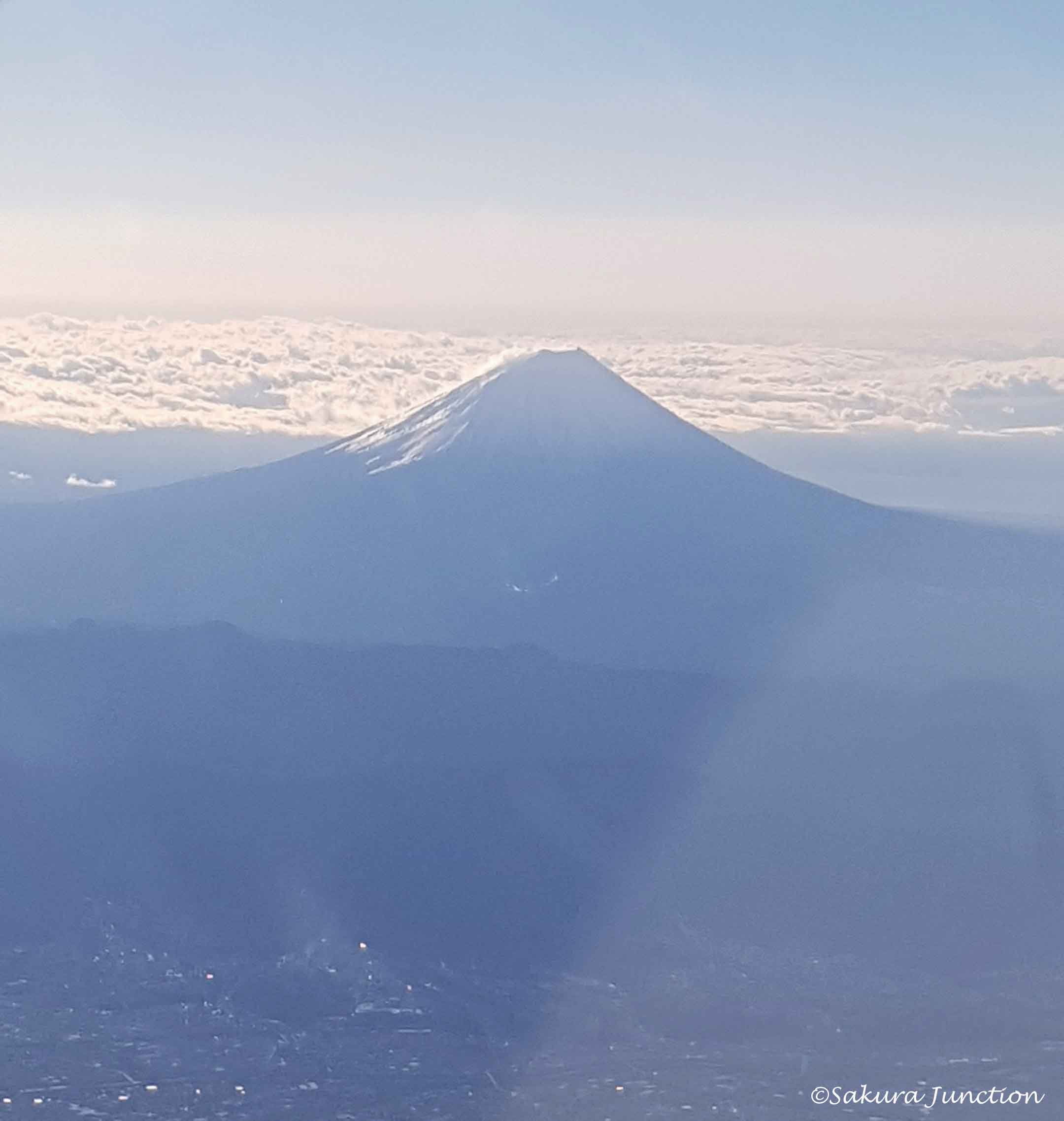Do you look forward to springtime? I can tell you that actually spring has just started according to the old lunisolar calendar. The period of the beginning of spring is called ‘Risshun’ in Japan and it’s between the 3rd – 18th February this year. I must say that Japanese are the nation who’d like to celebrate any seasonal occasions so of course we never miss the chance at this particular time of year, however, it’s not for the beginning of spring.
The one day before the beginning of spring is called ‘Setsubun’ (the 2nd /Feb this year). It’s not a national holiday, but rather significant day for most Japanese and there are a few customs we do on this day depending on the area. One of the customs widely done on this day is ‘Mame-maki’. It’s the getting rid of demons and bringing luck into the house ritual. Quite often one of the family members wears a demon face-mask and stands at the entrance of the house and other people throw roasted soybeans (peanuts in shell instead in some area) at him/her from inside the house by shouting ‘Oni wa soto! Fuku wa uchi!’ which means ‘Demon’s (Oni 👹) out! Luck gets in!’. Another popular custom is eating a futomaki sushiroll with seven fillings called ‘Ehoumaki’ by facing to a certain direction (it’s west-south-west this year).
Ehoumaki Sushirolls & Mame-maki Sweets
I created miniature versions of Ehoumaki sushirolls (cut version) and Soybeans in wooden cup for Mamemaki with Japanese sweets.
Continue reading

 Today the third of March is Hanamatsuri – Girls’ Day in Japan (Don’t worry, there is Boys’ day too). I have mentioned about this day in the past so if you are interested please read
Today the third of March is Hanamatsuri – Girls’ Day in Japan (Don’t worry, there is Boys’ day too). I have mentioned about this day in the past so if you are interested please read 




















 It was ‘Hinamatsuri’ the Girl’s Day yesterday. I have mentioned about the Japanese culture of praying for the good health and happiness of girls on the 3rd of March on my previous post. We decorate our home with Hina Dolls of Emperor and Empress as well as some other figures on red carpeted shelves, that are between five to seven shelves (or even more) traditionally. I created
It was ‘Hinamatsuri’ the Girl’s Day yesterday. I have mentioned about the Japanese culture of praying for the good health and happiness of girls on the 3rd of March on my previous post. We decorate our home with Hina Dolls of Emperor and Empress as well as some other figures on red carpeted shelves, that are between five to seven shelves (or even more) traditionally. I created 

